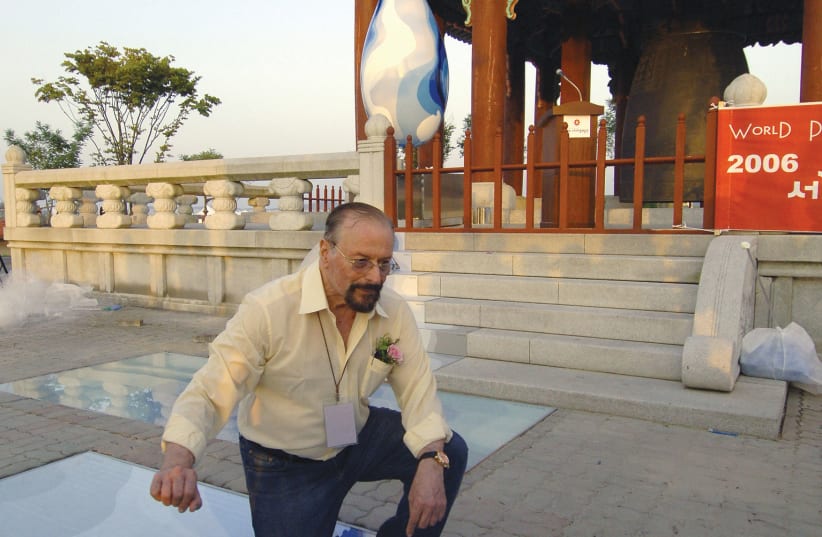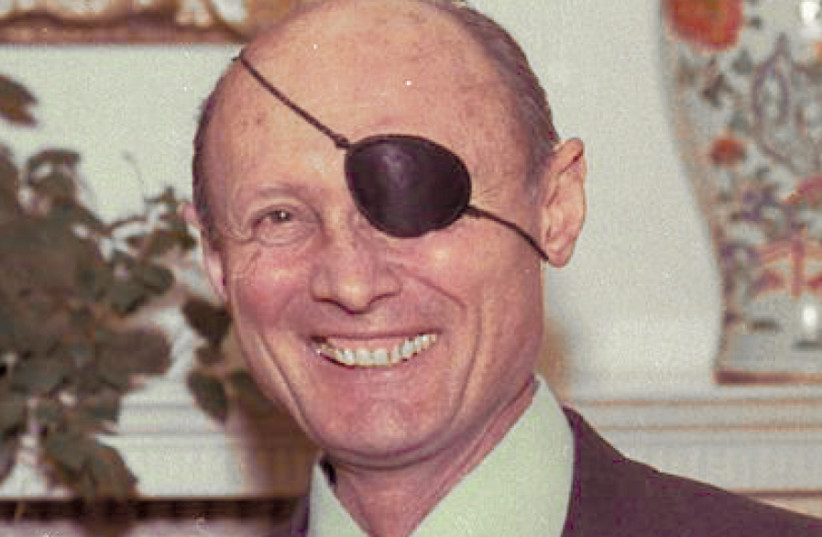Ranan Lurie, arguably the world’s most prolific and most widely published cartoonist, died in Las Vegas on June 8, at the age of 90.
Though conceived in pre-state Israel, Lurie was born in Port Said, Egypt, at the home of his paternal grandfather, Isaiah, who had expressed the wish that his grandchild be born there. Lurie’s parents, Joseph and Shoshanna, accordingly traveled from Tel Aviv to Port Said for the birth. Isaiah, who was born in pre-state Israel, had fled to Egypt for fear that Joseph would be recruited into the Ottoman Army.
Lurie was still in his mid-teens when he joined the right-wing Irgun Zvai Leumi (Etzel), where his talent as an artist emerged. He subsequently fought in the War of Independence, and later in the Six Day War, where he attained the rank of major and was a company commander.
He also defied orders by refusing to deport Palestinian residents of Anabta to Jordan. This action was eventually emulated by Moshe Dayan, who ordered that all Palestinians who had been deported to Jordan could be repatriated back to their villages.
Political cartoonist
Lurie had an innate sense of news and politics, which he followed fervently. He not only drew politicians, he also interviewed them.
From 1957-1967, he worked as the political cartoonist for Yediot Aharonot.
He came to the attention of Life magazine, which invited him to come and be its political cartoonist, a position he took up in 1968 and held till 1972, when Life ceased publication. For the following four years, he worked for Newsweek International, then US News and World Report and then Time magazine, Foreign Affairs magazine and many others in the US and around the globe. At his peak, he was being published simultaneously in a thousand different news outlets.
Lurie became a US citizen in 1974, and traveled the world to draw portraits of people in the news, including Egyptian presidents Anwar Sadat and Hosni Mubarak.
In the course of his long and colorful career, Lurie interviewed and sketched more than 250 world leaders.
He held several one-man shows in Israel, Canada and the US, and was in all likelihood the only artist who was simultaneously invited by both the Democratic and Republican parties to hold a one-man show in the Senate in October 1973 – a somewhat fateful period for an Israeli artist and retired IDF officer – even if he was living in America.
Curiously, the show had two openings. Senator Abraham Ribicoff opened it on behalf of the Democratic Party, and senator Lowell Weicker opened it on behalf of the Republican Party.
In terms of concern for Israel, it was also a strongly bipartisan period.
Lurie was the initiator of many projects, including at the United Nations.
He was also the recipient of many prestigious awards, including having a street named after him in South Korea.
He saw his work not only in terms of political commentary, but also as an educational tool, as evidenced in Cartoonews, a current events educational magazine that he founded and of which he was editor in chief.
A man of many ideas, Lurie did not hesitate to put them all down on paper.
Aside from his talent, his family has the longest traceable pedigree in Jewish history. According to the Jerusalem Institute of Jewish Genealogy, Lurie was descended from the royal house of King David.

